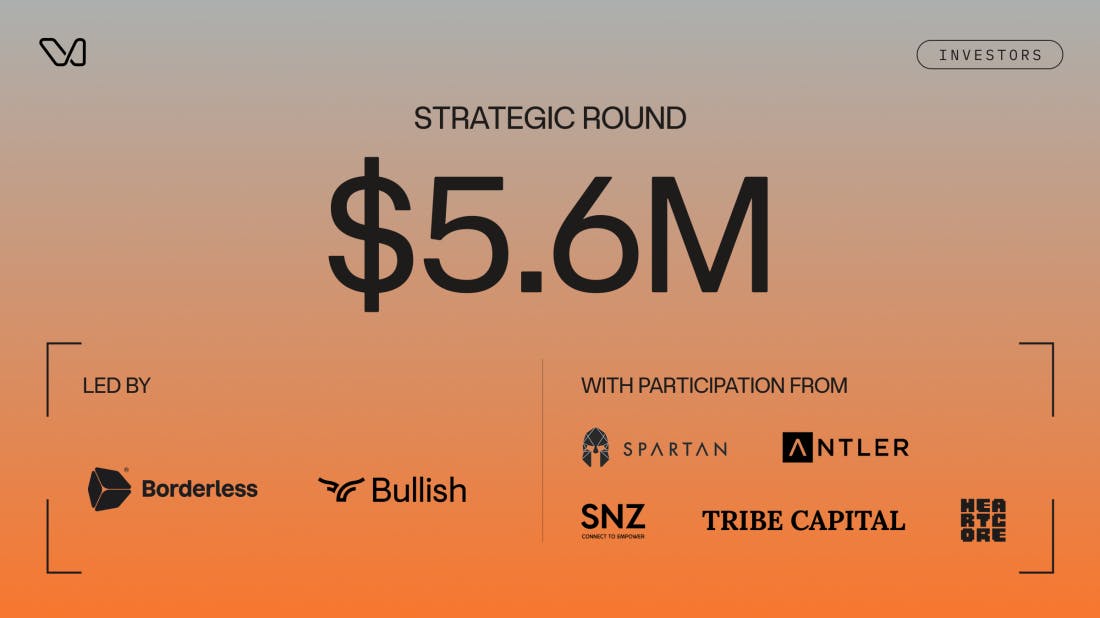Messari DePIN Report Highlights - Web3 Meets Real-World Utility
Ray Buckton
February 12, ‘25

Web3 has witnessed many pre-built solutions seeking unknown problems to solve. This “solution seeks problem” approach inverts the traditional approach to business and often defies common sense.
Decentralized Physical Infrastructure Networks (DePIN) challenges this trend. DePIN represents a sector of the broader Web3 market, delivering tangible value by solving real-world challenges and accruing real-world revenue.
Recent data from Messari's comprehensive State of DePIN 2024 report shows that DePIN is growing rapidly. Over $350 million has been raised in 2024 alone.
Wingbits is one such DePIN that tries to challenge traditional systems that have failed to innovate in decades. We’re redefining flight tracking by aligning incentives, improving data quality, and cryptographically securing the network.
As DePIN hits new heights, the Wingbits network is ready for takeoff.
DePIN In 2024
The Messari report highlights key metrics that underscore DePIN's emergence as a leading Web3 narrative and touchpoint for traditional industries. The sector has expanded from fewer than 100 projects in 2022 to over 1,170 today, and its total market capitalization has reached just over $20 billion, even with the latest market downturn.
Most importantly, these networks generate actual revenue. The top 20 revenue-generating DePINs now earn $500 million in annualized top-line revenues, a 33x increase from the previous year.

This growth is underpinned by genuine adoption of the hardware and philosophy associated with these networks. Messari highlights that more than 13 million devices globally contribute to DePINs daily.
Leading DePIN projects are seeing record usage and adoption. The Helium network boasts >100,000 users, while the GEODNET network comprises 13,000 miners spread across 4,000 cities worldwide.
These networks prove that, when thoughtfully applied, blockchain-based technology can redefine traditional infrastructure models by aligning incentives between network operators and customers.
The DePIN Advantage
The ability to transform traditional infrastructure models through transparent incentive systems sets DePIN apart from other Web3 sectors.
DePIN solutions reward contributors based on the value they provide to the network. This direct correlation between contribution and reward creates a self-sustaining ecosystem that benefits all participants.
Wingbits leverages this approach and technology via cryptographically secured, custom ADS-B receivers. This hardware, created in partnership with HYFIX, ensures data verifiability while rewarding contributors via Solana.
The Wingbits model successfully incentivizes better hardware placement and maintenance while driving network expansion in underserved areas where flight tracking coverage is most needed.
Flight Tracking As A Prime Candidate for DePIN
Nowhere is the opportunity for disruption more evident than in flight tracking networks. The current flight tracking industry, valued as part of the $6 trillion aviation sector, has historically relied on a global network of volunteers who install home antennas to collect flight data.
While this community-driven approach shows the power of distributed infrastructure, it still boasts a crucial flaw. Despite generating hundreds of millions in industry revenue, the underlying contributors who make the system possible often receive no financial compensation.
Wingbits is pioneering a new model for aviation data infrastructure.

Fresh off a $5.6 million funding round led by Borderless Capital and Bullish Capital, with participation from Spartan Group, Tribe Capital, and others, we’ve grown the world’s first DePIN flight-tracking network six times faster than any traditional flight tracking system in history.
With over 2,100 active stations on our testnet, tracking 120,000 unique flights daily across 90+ countries, we’re proving that proper incentive alignment can dramatically accelerate infrastructure deployment, improve data quality, and align incentives.
The Next Chapter For DePIN Flight-Tracking
Air traffic is projected to double by 2040, and the drone industry is expected to surpass $55 billion by 2030, demonstrating the need for reliable, scalable tracking systems.
DePIN is uniquely positioned to meet this challenge with its ability to deploy and maintain high-quality infrastructure through incentivization.
The success of projects like Helium in wireless connectivity and GEODNET in GPS services have created a clear playbook for DePIN's success.
Wingbits is following this playbook, solving the unique challenges of aviation data infrastructure incentives and demonstrating how blockchain can be used properly.
As the sector matures, it's increasingly clear that DePIN will be at the forefront of evolution from a speculative marketplace to a practical tool for industry transformation.
Wingbits is excited to be among the projects at the forefront of that evolution.

Marketing
Ray Buckton is a Web3 native and seasoned content creator with deep expertise in copywriting, research, and reporting. With clients including Superstate, VanEck, the Enterprise Ethereum Alliance, and more, Ray brings a unique balance of institutional professionalism and Web3-native accessibility.
Twitter - Telegram - LinkedIn